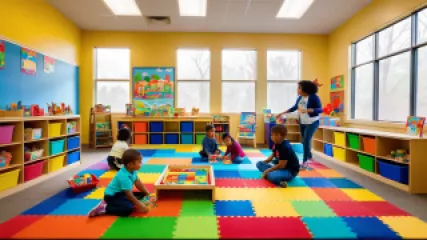Incorporate Positive Affirmations into Your Healthy Habits Routine
1 year ago
Healthy Habits
How I Strengthened My Parent-Child Relationship with Stress Management Techniques
1 year ago
Parent Child Relationship
How Does Spirituality Enhance Your Self-Discovery Journey and Mental Health?
1 year ago
Spirituality and Mental Health
The Complete Guide to Grief Counseling Services
1 year ago
Grief
Top 5 Adult Attachment Styles Quizzes to Understand Your Relationships
1 year ago
Understanding Attachment in Adults
10 Best Online Play Therapy Tools for Children
1 year ago
Play Therapy
Key Cognitive Development Strategies for Early Childhood
1 year ago
Cognitive Development
Overcoming Fear of Failure: A Step-by-Step Guide to Staying Motivated
1 year ago
Fear Of Failure
What Are the Benefits of Online Sessions for Substance Abuse Treatment?
1 year ago
Substance Abuse
Why Parenting Tips for Busy Families Are More Important Than Ever
1 year ago
Parenting Tips
10 Best Online Therapy Options for Depression to Enhance Psychological Safety
1 year ago
Psychological Safety
Step-by-Step Tutorial on Accessing Mental Health Resources for Rejection
1 year ago
Dealing with Rejection
10 Best Ways Remote Counseling Services Address Social Comparison Theory
1 year ago
Social Comparison Theory
The Definitive Guide to Mindfulness Coaching for Professionals at Work
1 year ago
Mindfulness at Work
What Are the Most Common Attachment Issues in Adults?
1 year ago
Understanding Attachment in Adults














